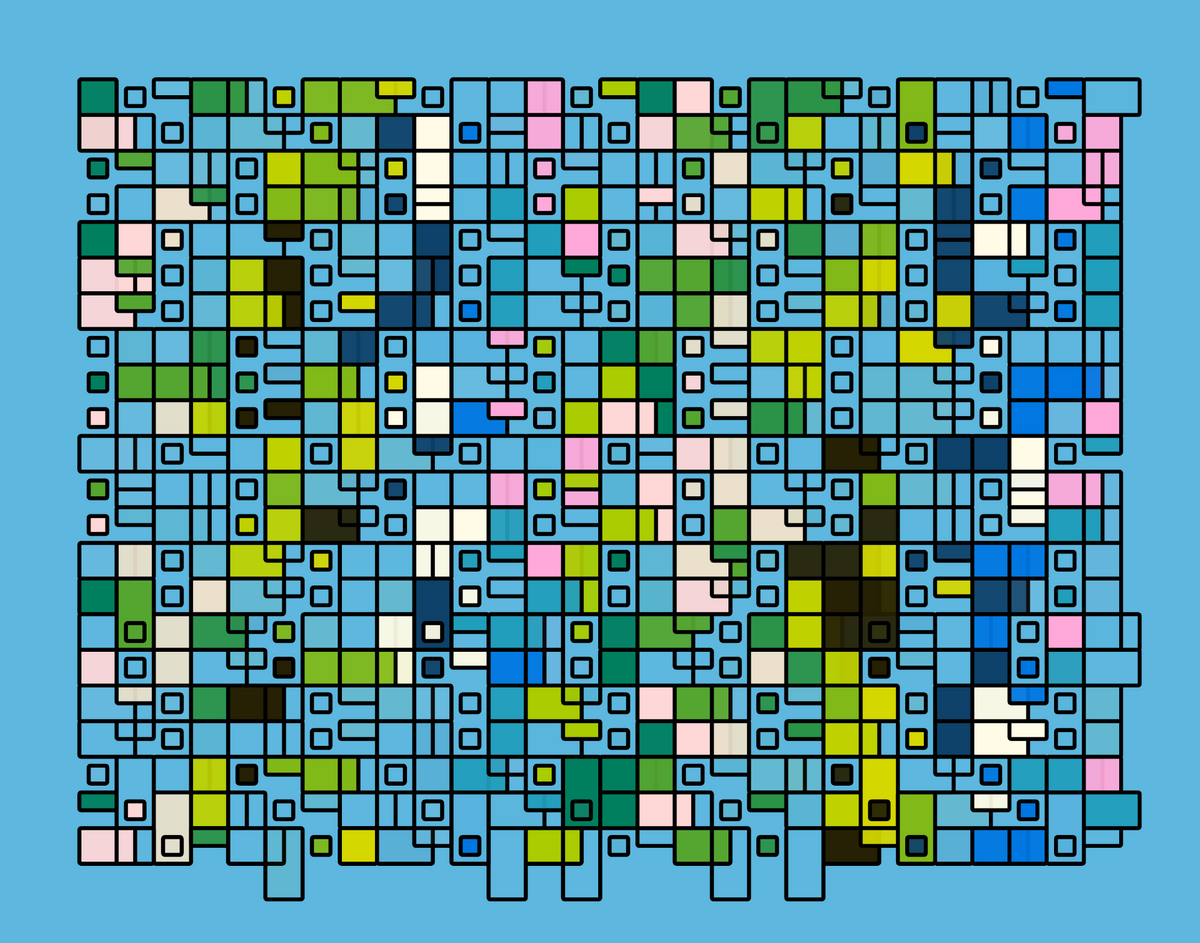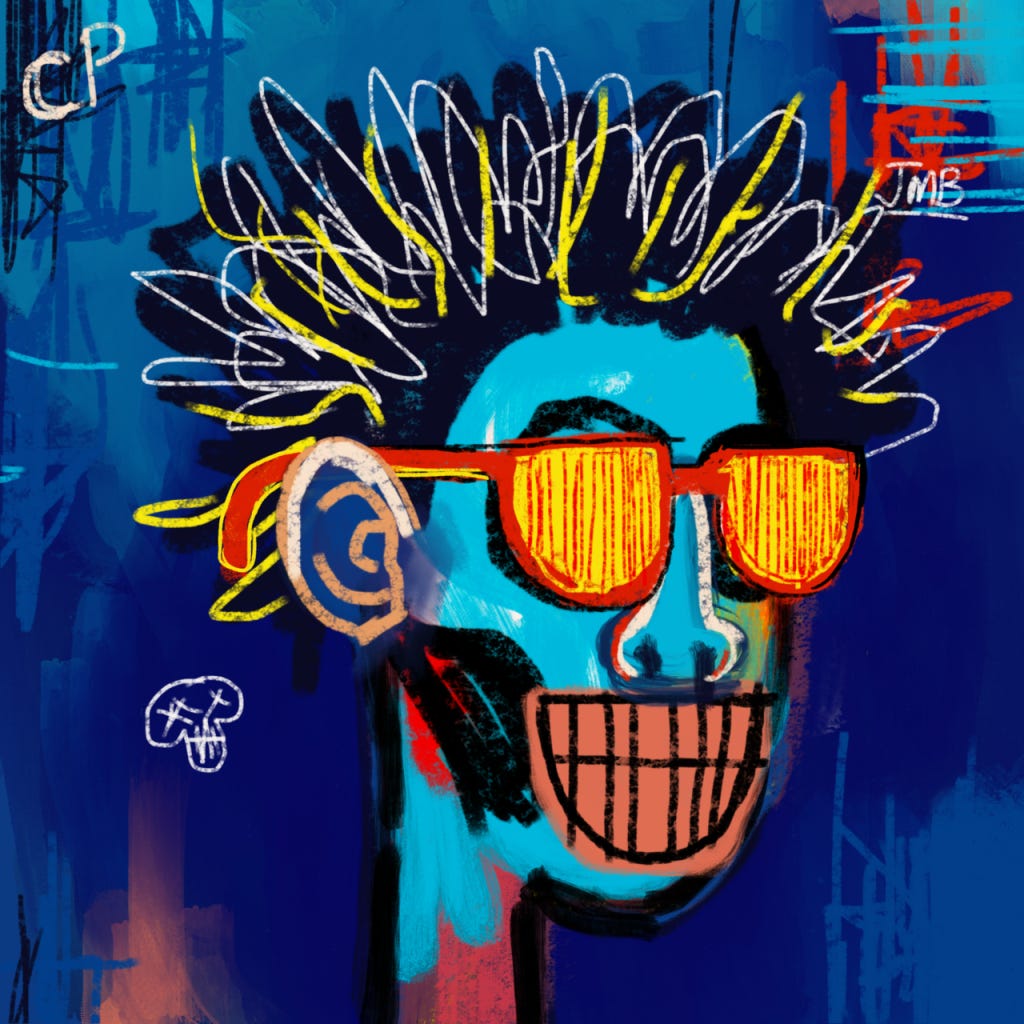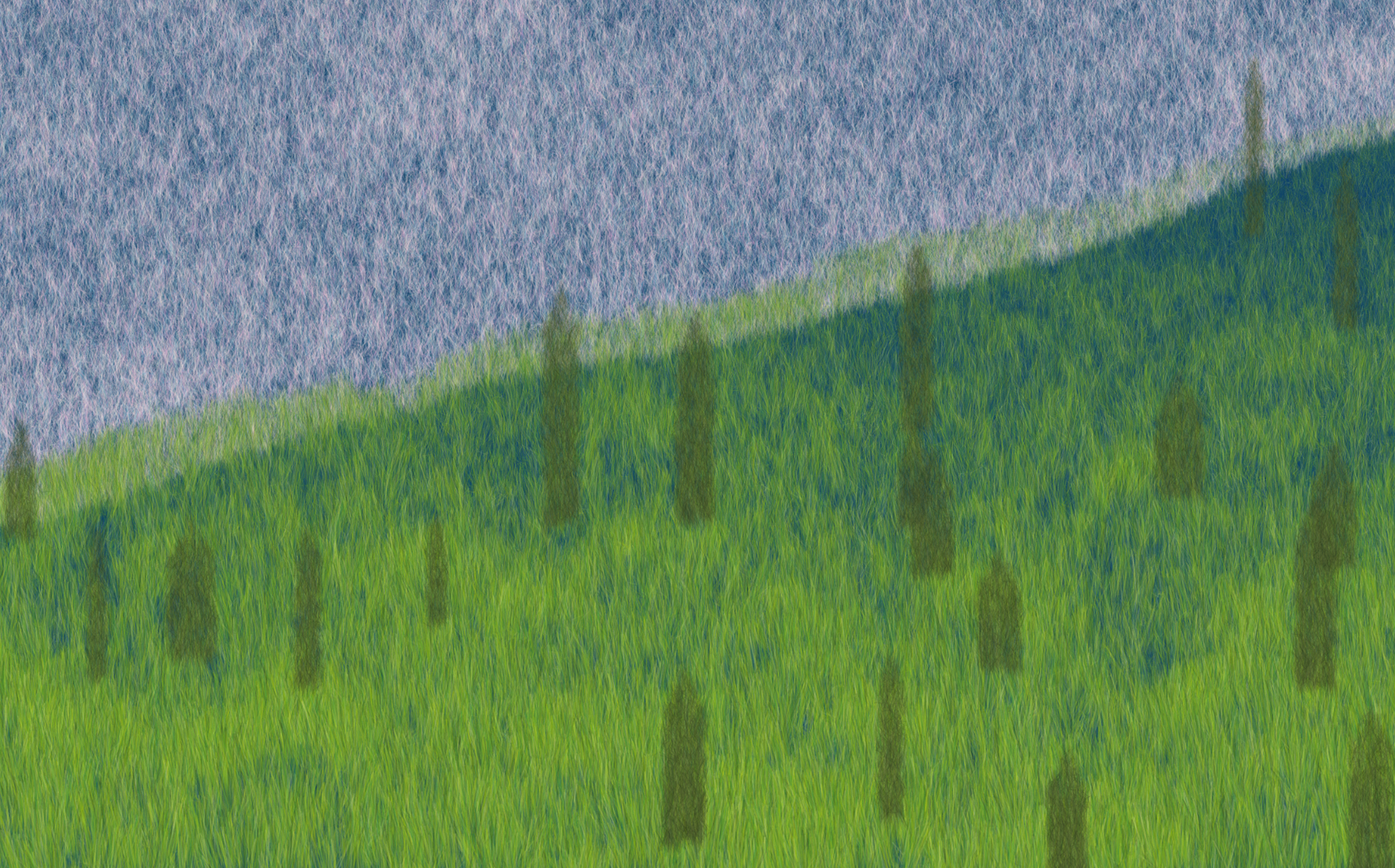Hey everyone 👋 and welcome to all new subscribers that joined since last week! Thanks for signing up and joining along for the ride!
This is the weekly Gorilla Recap - a newsletter in which I go over everything that I found noteworthy from the past week in tech, generative art, creative coding and AI.
Hope you have a good stay!
Genart Updates
Fxhash $5M Seed Raise
The biggest news this week is from FxHash - closing a $5 million seed raise!
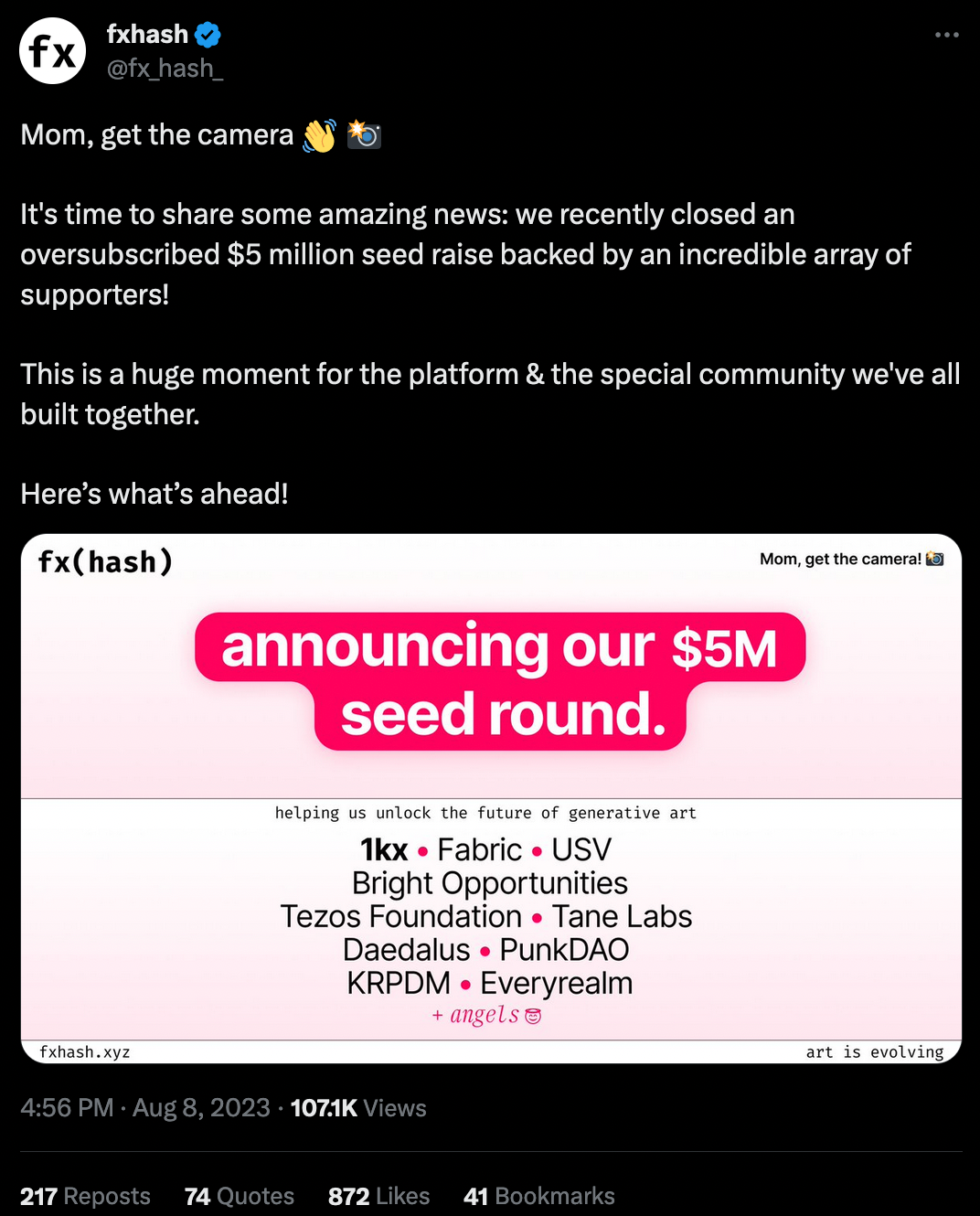
FxHash has most certainly been an instrumental vessel in democratizing generative art, not only by providing generative artists with a platform to monetize their endeavors, as well as drawing the attention of the public eye, but also by building a respectful and friendly community where artists can grow together. FxHash has unarguably cemented it's place as a part of genart history - and I'm excited for the future of the platform. Big congrats!
Here's also some words straight from Cosimo over on the FxHash discord:
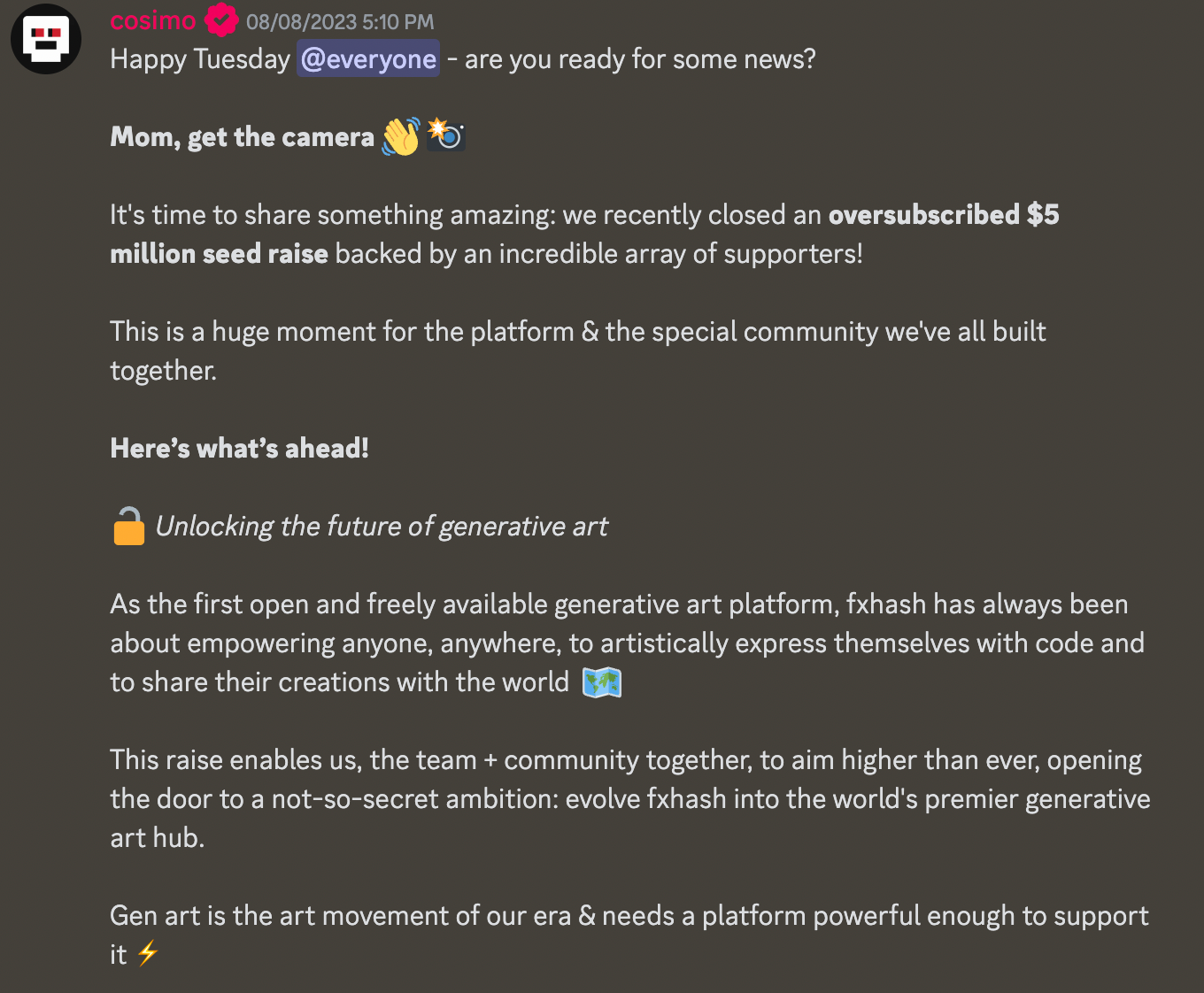
Kaloh also recently started a fantastic podcast keeping us all up to date on genart and web3 things - the most recent episode features Ciphrd himself, sharing his thoughts about the current state of the platform and it's future in light of this seed raise:

Kate Vass on Rethinking Art Collecting
We get another stellar article from LeRandom, this time authored by LeRandom's lead that goes under the alias of thefunnyguys, a conversation with Kate Vass. Kate Vass launched her Galerie in 2017; located in the heart of Zürich, it now features pieces from the current leading names in the genart and blockchain space.
She states that showcasing contemporary work is important, as it is essentially a looking glass into the complexities of our everyday existence. She recounts the initial inspirations for launching her gallery, some of the challenges of exhibiting modern artforms, and also gives insight into the behind-the-scenes of some of the works that have been featured:

Kate Vass also has some insightful words for aspiring artists:
I am always interested in new approaches, concepts and art forms. Those things are rarer nowadays, as the internet can kill any creativity. I always advise artists not to look around too much, as it’s known to erase original ideas by simply being influenced by things you look at or see elsewhere.
To an extent I agree with this - I've experienced this myself, sometimes I don't pursue new ideas because I feel that they are too similar to something that I've already seen. But maybe these ideas should be pursued nonetheless, with your own personal touch they might just transform into something original. If not, you can always move on.
And if the interview hasn't quenched your thirst for art history, you can continue reading this piece that recollects 10 of the most influential moments that have shaped Generative Art as we know it today:

The creators of LeRandom were also joined by Kate Vass in a live Twitter space to discuss these 10 moments - you can find a recording of the space here.
Hyundai ArtLab
My fellow generative artist, the prolific Aleksandra Jovanić, joins forces with Ivana Dama to create an exclusive artwork for the Hyundai Artlab:
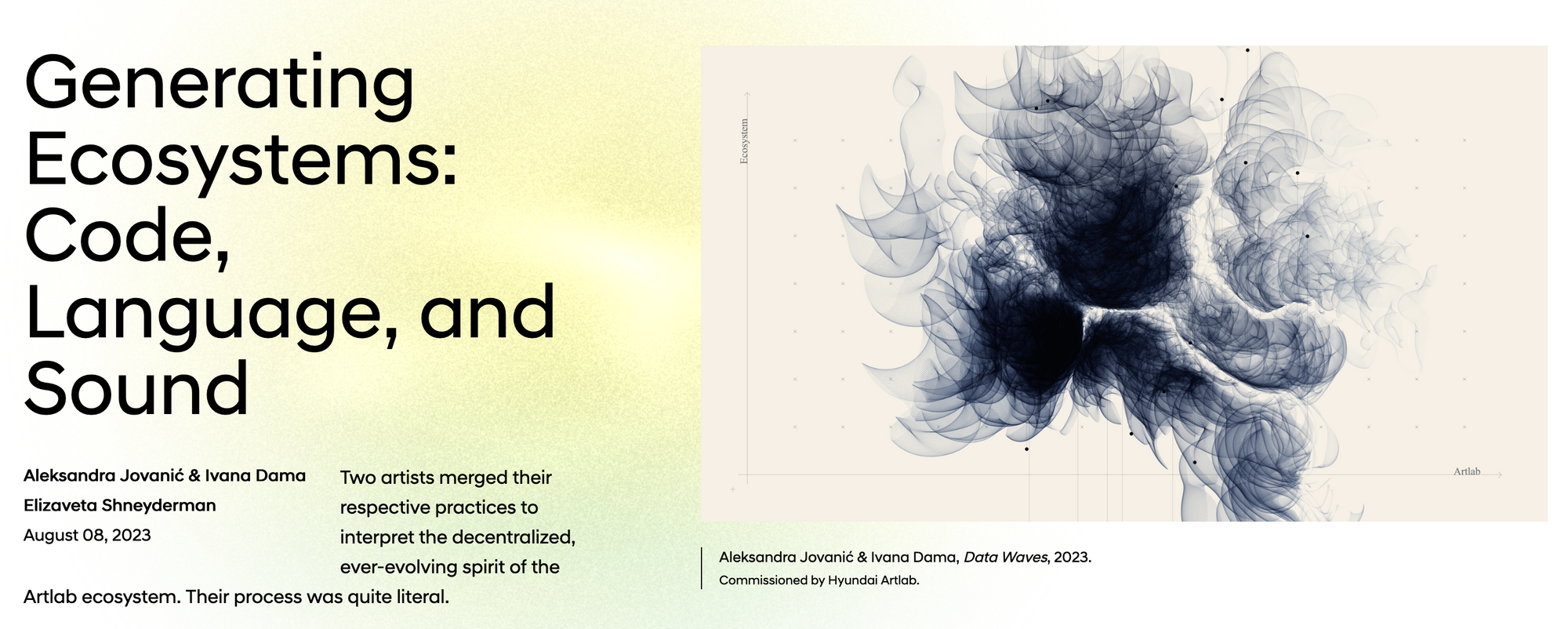
The Hyundai Artlab's mission is to bring together artists and audiences from various fields that lie at the intersection of art and technology; and this by featuring artworks that explore this modern intersectional practice. Previous artists on their roster include Katja Novitskova, Sougwen Chung, and Zach Lieberman.
This time around, instead of commissioning a single artist, they brought together two artists from different areas of expertise to collaborate on an artwork. The article explains the involvement of both parties, and how the two of them created Data Waves - an experiment that merges aspects of data science and generative art:

It's a very interesting read - Aleksandra and Ivana also share some insights into their creative pratice that I found very inspiring.
Interesting Reads
Here's some interesting reads for the tech and algo nerds 👇
Getting Creative with Embeddings
Amelia Wattenberger is back at it again with her creative writing tool, in which she explores text analysis in a novel manner.
Rhythm is an aspect of writing that I don't see often utilized outside of poetry and prose, but it has a profound effect on the readability of your text. Even in technical writing - I find that a lot of it tends to be incredibly dry, by virtue of the subject matter. But it doesn't have to be, and it shouldn't.
In her article she details the motivation for her tool, explains how it can help you become a better writer by exploring text, and details some of the technical aspects under the hood where she harnesses the power of AI in a really cool way AI:
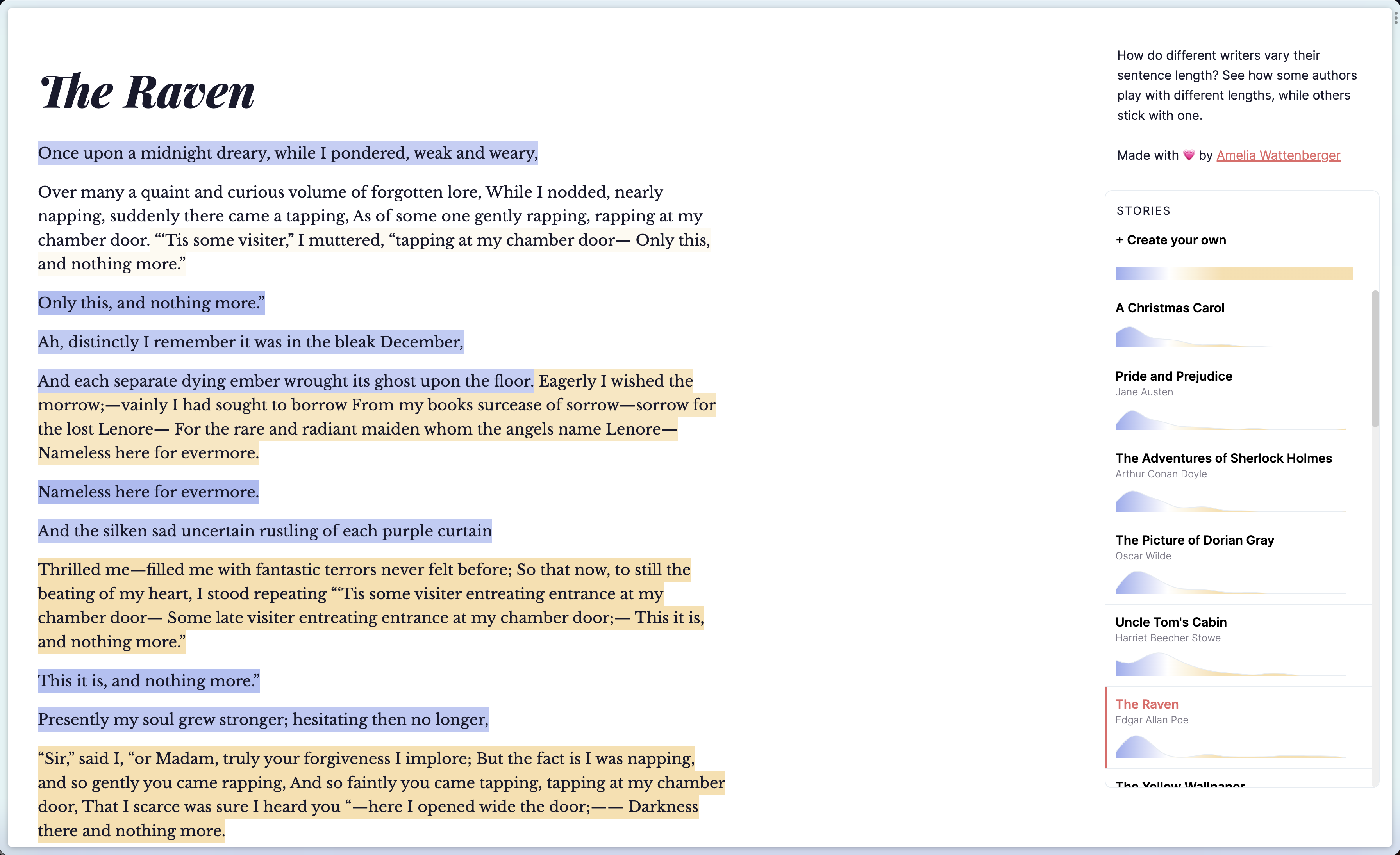
You can try the app for yourself here.
The game of set
In this video Catherine Hsu, assistant professor at Swarthmore College, shows us the game of Set - a deceivingly simple looking game that poses many mathematical questions.
Set is a game about pattern matching: players try to identify sets of 3 cards, such that this set fulfills several different criteria. And this as a game of speed, where sets need to be identified by the players as quickly as possible.
This already brings up many questions, for instance how many cards need to be revealed until we can guarantee the occurrence of a set? Catherine goes into detail on all the mathematical intricacies of the game in the Numberphile video:
Insights into Stack Overflow’s traffic
Apparently there's been some misinformation floating around about StackOverflow's traffic dropping by 50% compared to last year - here's a post directly from the source, stating that this is in fact not accurate:

There has been a drop in traffic, but only by a 5% due to various factors. It does however make me wonder if people are using StackOverflow less with powerful LLMs and language models on the rise:
The surge in generative AI, like the rise of any other disruptive technology, should cause us to reflect, challenge, and question how we measure success. The future of the internet and the modern tech landscape isn’t going to be measured by web traffic alone—it’s about the quality of content, trust in the content, and the communities of experts and human beings curating the content.
I've used ChatGPT and Bard occasionally for debugging purposes, or when I want a quick answer on a specific topic that would most likely take me some time to sift through links, but it really isn't a substitute to domain experts that can provide tailored feedback.
The case of the extra 40 ms
A Netflix engineer recounts the story behind an unusual bug that only occurred on a specific device - along the way we get a behind-the-scenes (pun intended) into the pipeline that powers Netflix in the background. John Blair walks us through how he tracked down and ultimately identified the root cause of the bug:

Gorilla Articles - The current state of Social Media
In recent years social media has become an instrumental tool for me to share my own creations with the rest of the world. I thought that I was slowly getting a hang of things: posting relatively regularly, playing into what the algorithm likes, and generally becoming more comfortable with the social platforms that I'd been active on.
Slowly but surely my world view has changed though - social media has changed. It's been on my mind a lot, consequentially motivating this think-piece on the issue:

Social media platforms have turned into dopamine machines that try to maximize engagement by whatever means work best for this purpose - engagement formulas I like to call them. The human connection aspect isn't in the foreground anymore. I tackle this issue in the article. There's a lot of nuance to this which makes it quite a difficult topic to write about, but I believe it turned out pretty good. Ciphrd left me an interesting comment, an observation that I hadn't fully thought about:

Which makes me wonder if the future has space for human-friendly dopamine strategies that can make social media fun and engaging, while at the same time refraining from being exploitative and manipulative. But maybe these two criteria are not entirely compatible, and human-friendly algorithms are merely wishful thinking. I'll think about it more and get back to you in form of another article.
I leave you with this interesting article I found after researching the issue some more:

Let's see how the social media landscape develops in the coming years. If you have any thoughts on the issue don't hesitate to leave a comment or shoot me a DM over on the former birdsite.
Gorilla Sketches
Only a little sketching this week - continued working on this sketch from previous weeks. The main change here is that there's two types of arc shapes now: a first type that act as obstacles, they can't be intersected by subsequent arcs that are place, and a second type of arcs that can overlap.
This creates a nice interplay of shapes imo, but there's still work to be done on the positioning strategy, to be able to create a variety of different layouts:
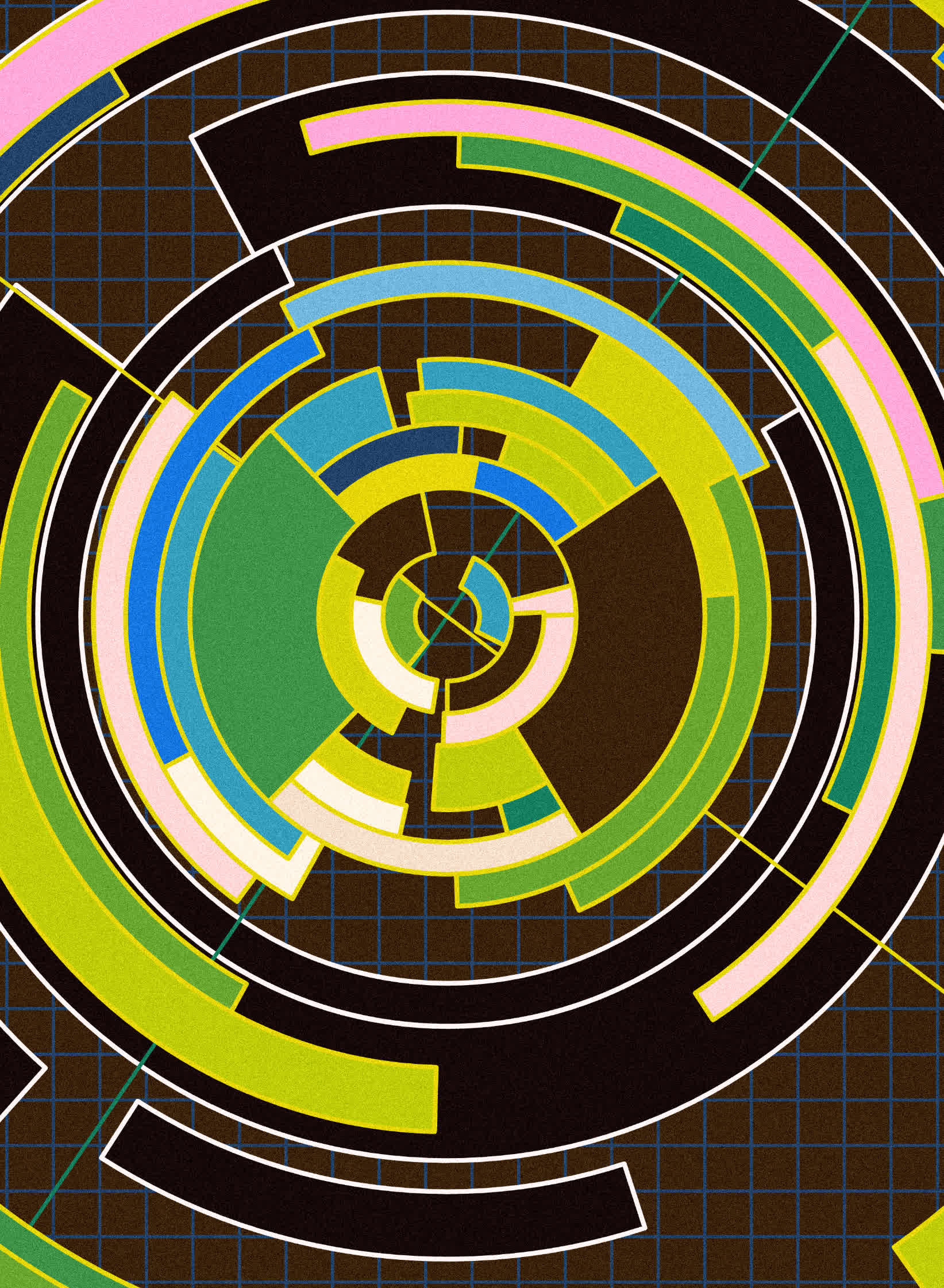
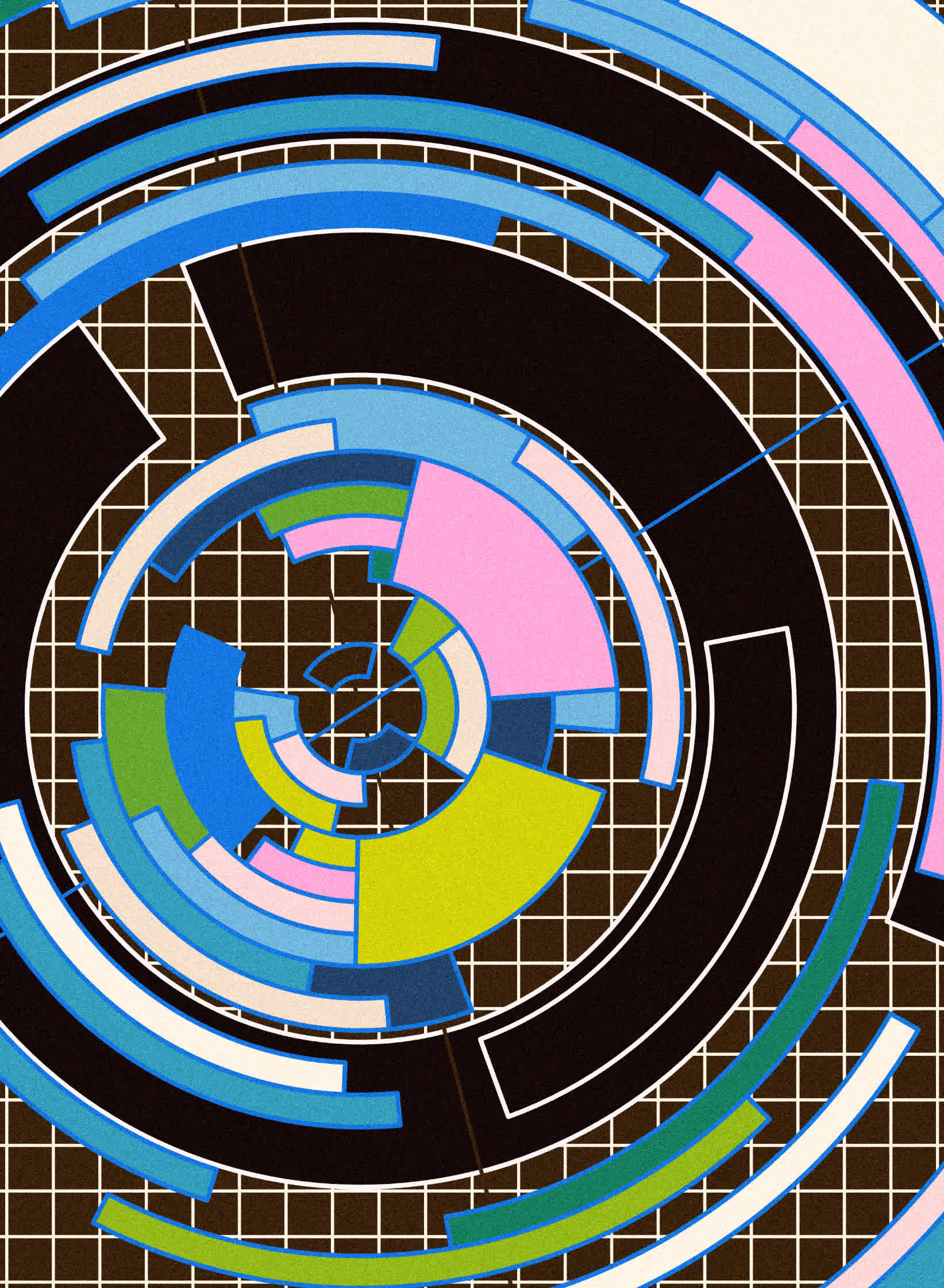
I also continued working on my particle system with Verlet integration. In the previous article we went deep into how Verlet integration works, but we didn't actually do much with it. For instance, we didn't really talk about how we compute boundary collisions, resolve particle-particle collisions, or handle mouse interaction.
These turned out to be quite tricky to get right, hence I'm gonna need a little bit more time before the article on those ideas is ready. But here's a little sneak peek:
I also had a new idea for generating pattern sequences that I still need to explore a bit, but I believe that there's something there that has potential:
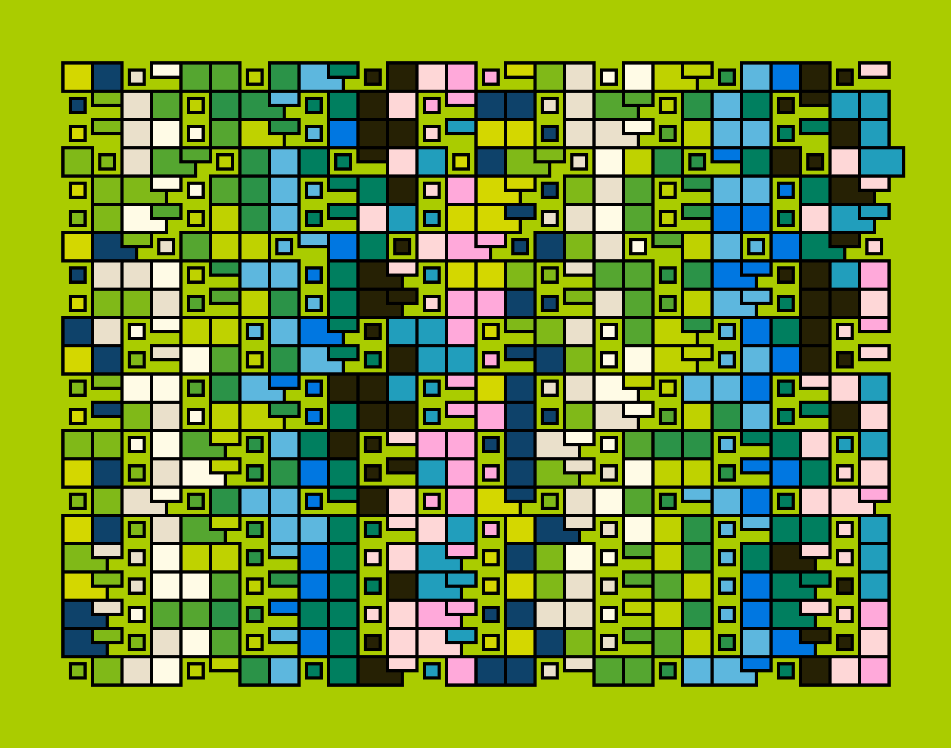
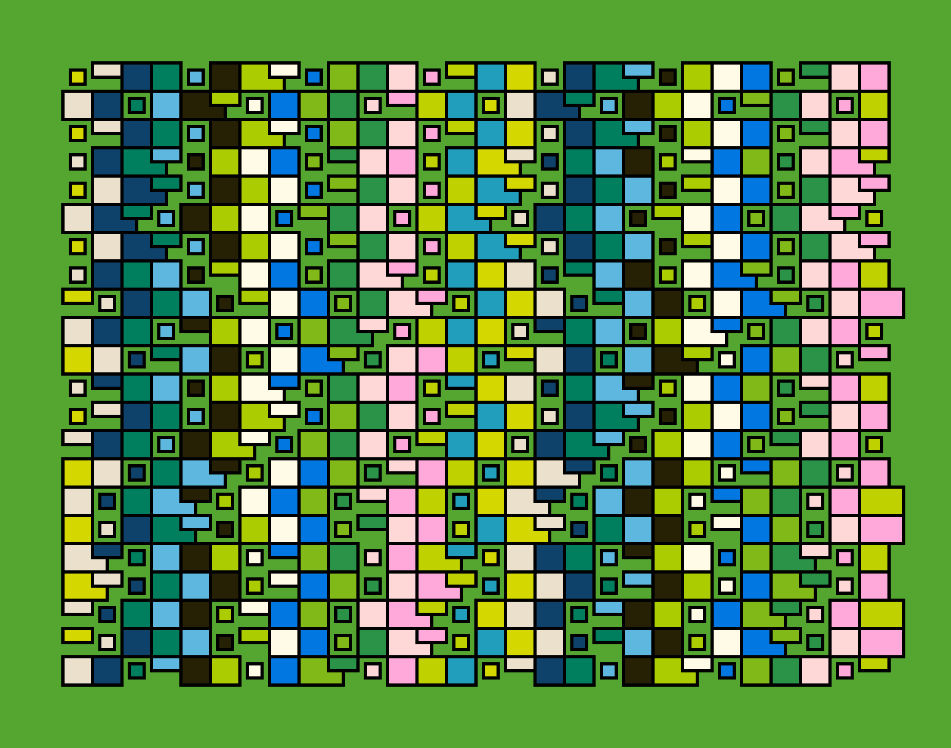
Doesn't look like much just yet, but I've got some vague ideas floating in my brain already.
I'm hoping to do more sketching this week!
Tip of the Week - Branchless Programming
Not a new video per se, but the Youtube recommendation algorithm did it's thing and now it's found a spot in this newsletter - I've never thought about it, but sometimes there's ways to structure and rewrite your code such that you avoid unecessary if/else statements, that can introduce a computational overhead. Especially when run inside of a for loop:
Overall, when it comes to interpreted languages there isn't much to be gained from eliminating certain branches in your code. But for low-level languages you can actually squeeze out some more performance in certain scenarios - here's an additional cool article on the topic:

Music for Coding
And to wrap up this week's newsletter, some music to listen to while coding. This time I wanted to feature one of my favorite indie Japanese artists that goes under the alias of In the blue shirt - Ryo Arimura-san creates wonderfully upbeat, sample based tracks that instantly put me in a good mood. It's a wonderful unique, bubbly and happy vibe that I haven't felt with anything else really:
And that's it from me this week again, hope this caught you up a little bit with the events in the world of tech, AI and generative art in the past week!
If you enjoyed it, consider sharing it with followers, friends and family on your socials, that share interest in this nerdy stuff. Otherwise, consider signing up to get notified whenever there's new content on the blog. Cheers and happy sketching ~ Gorilla Sun 🌸
